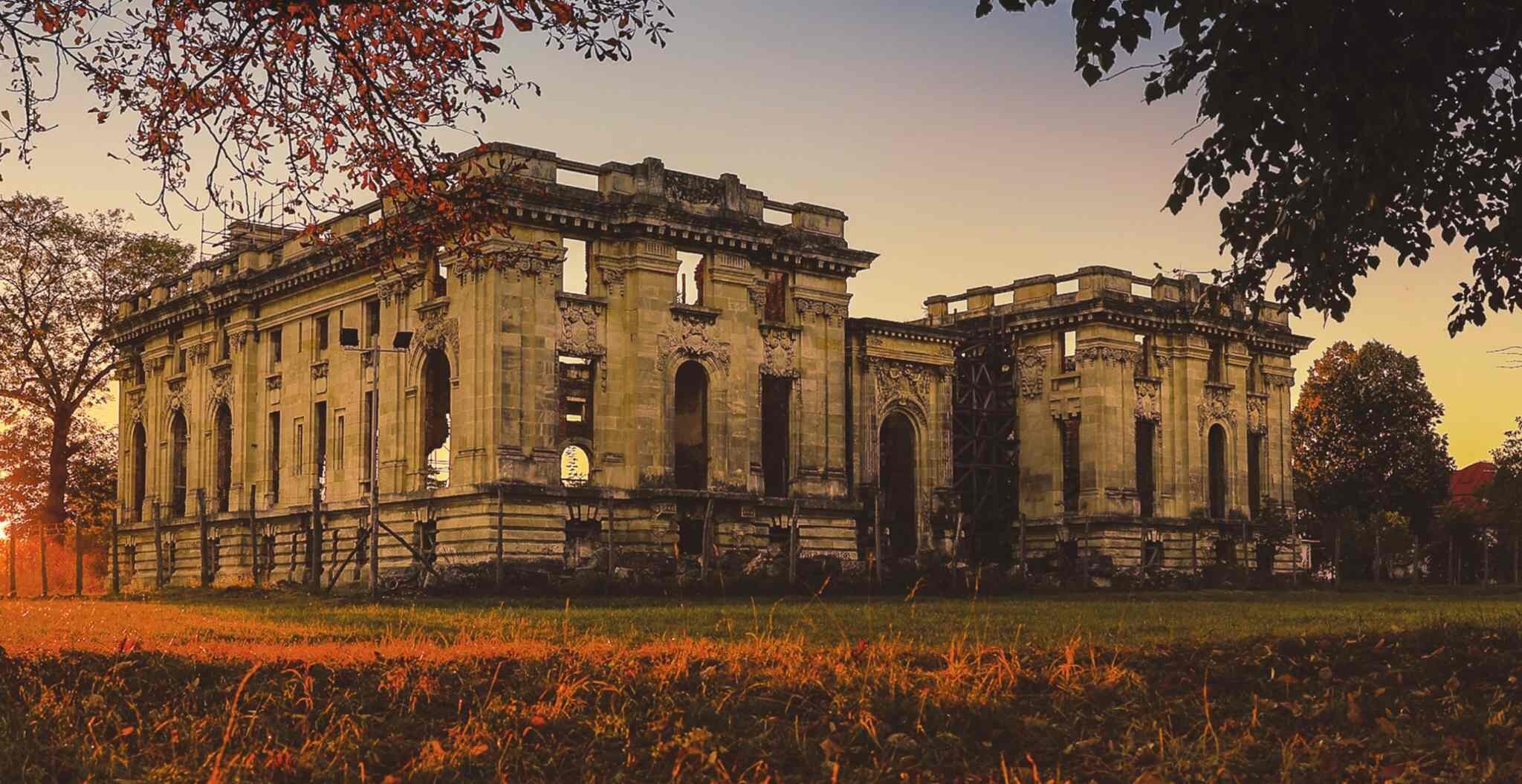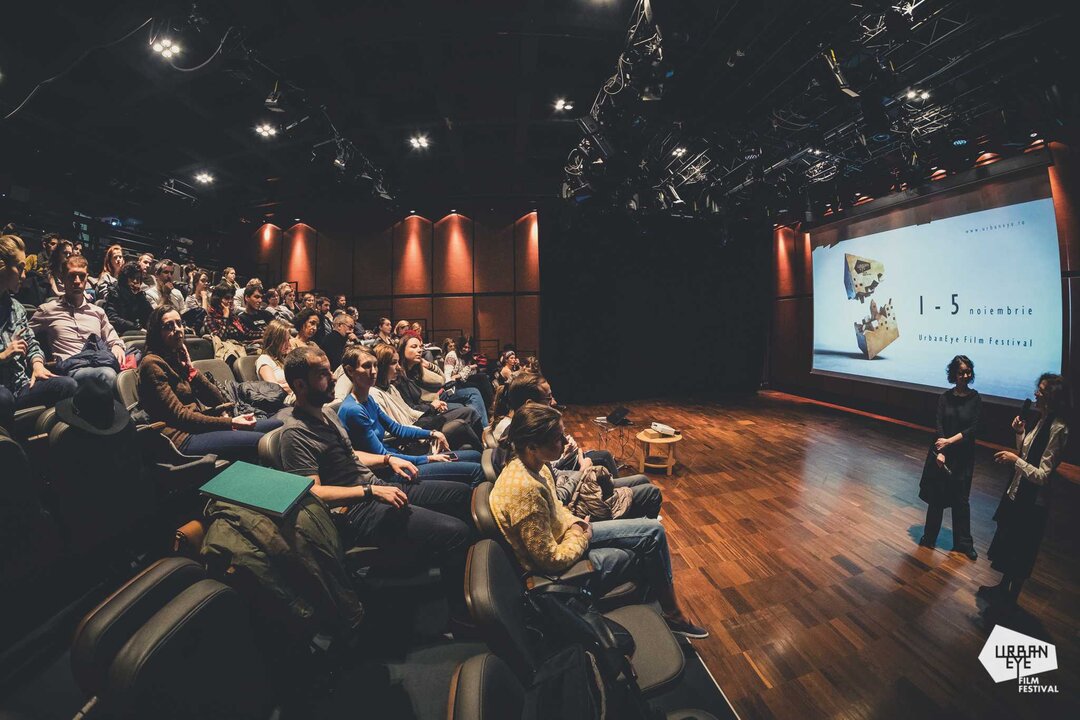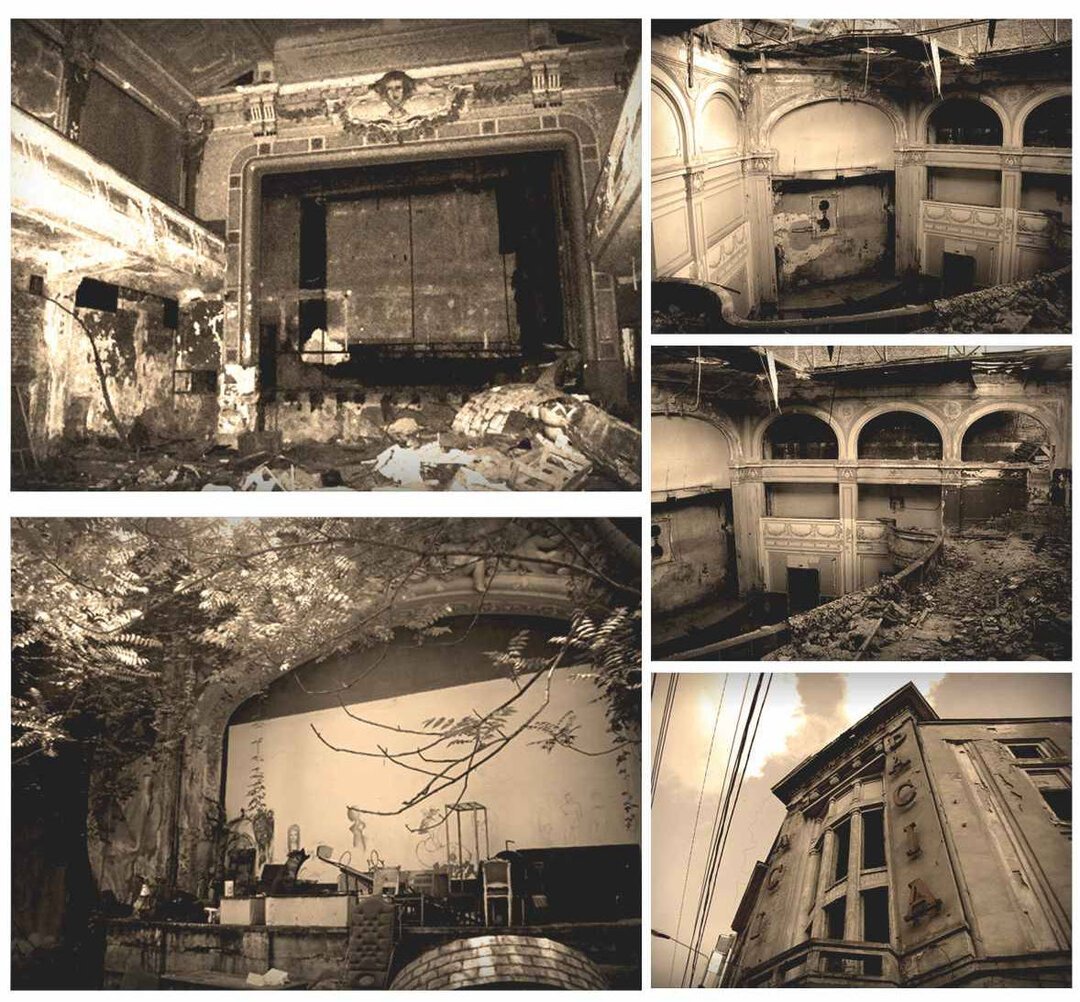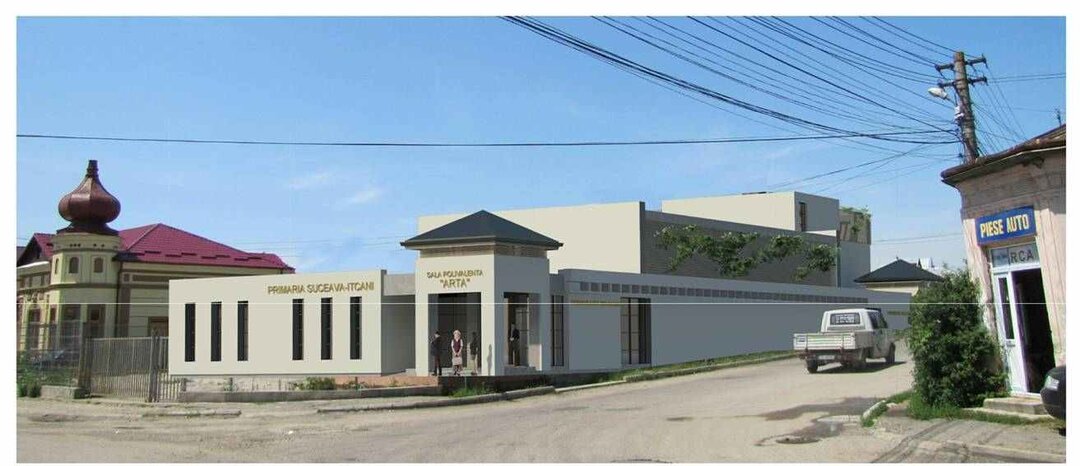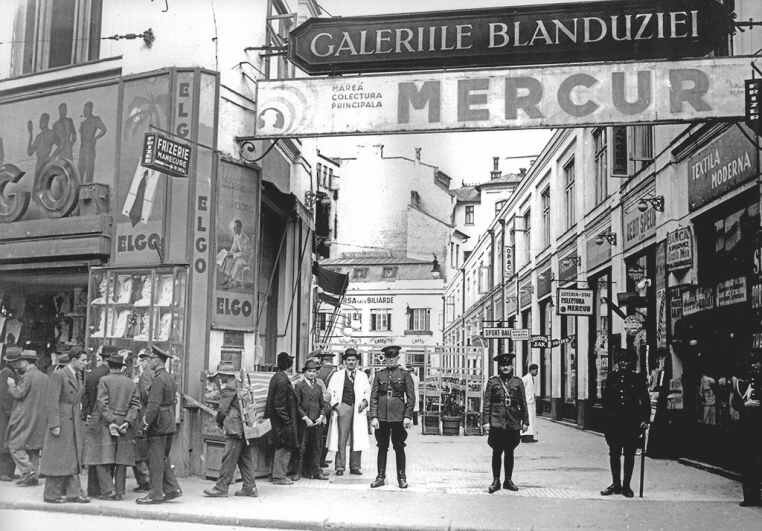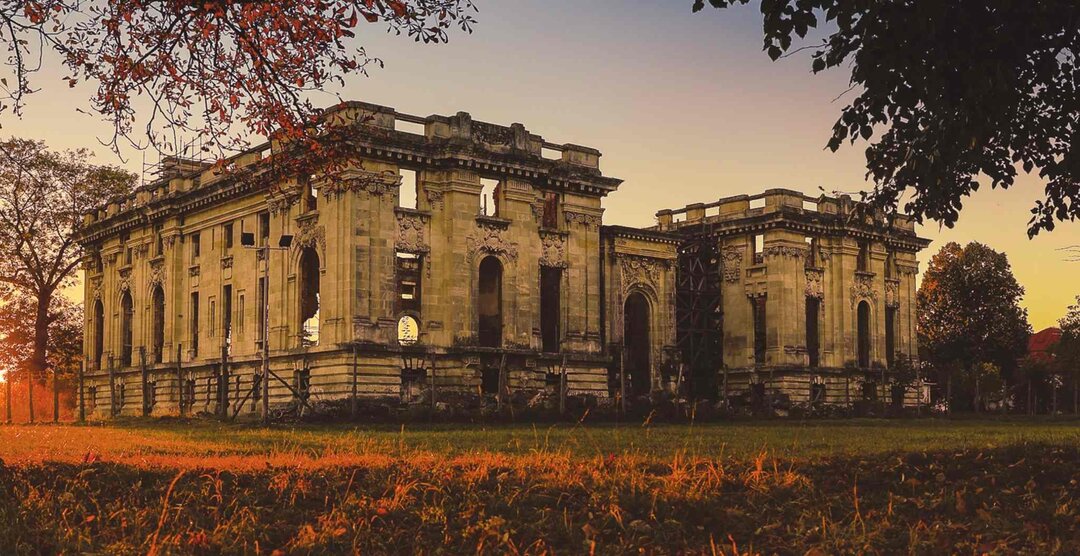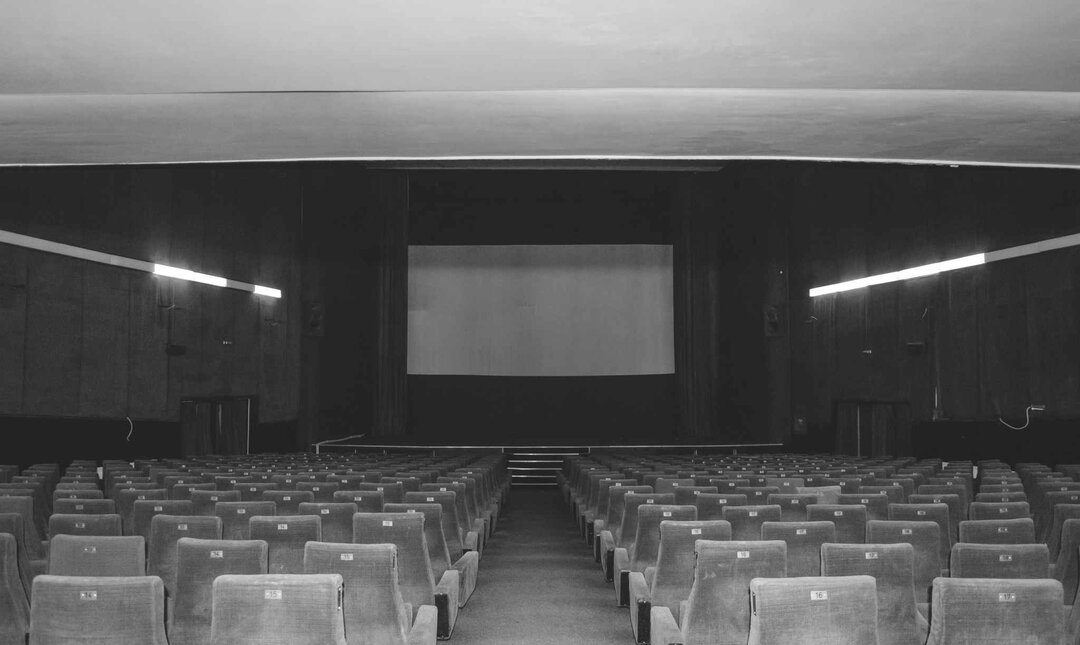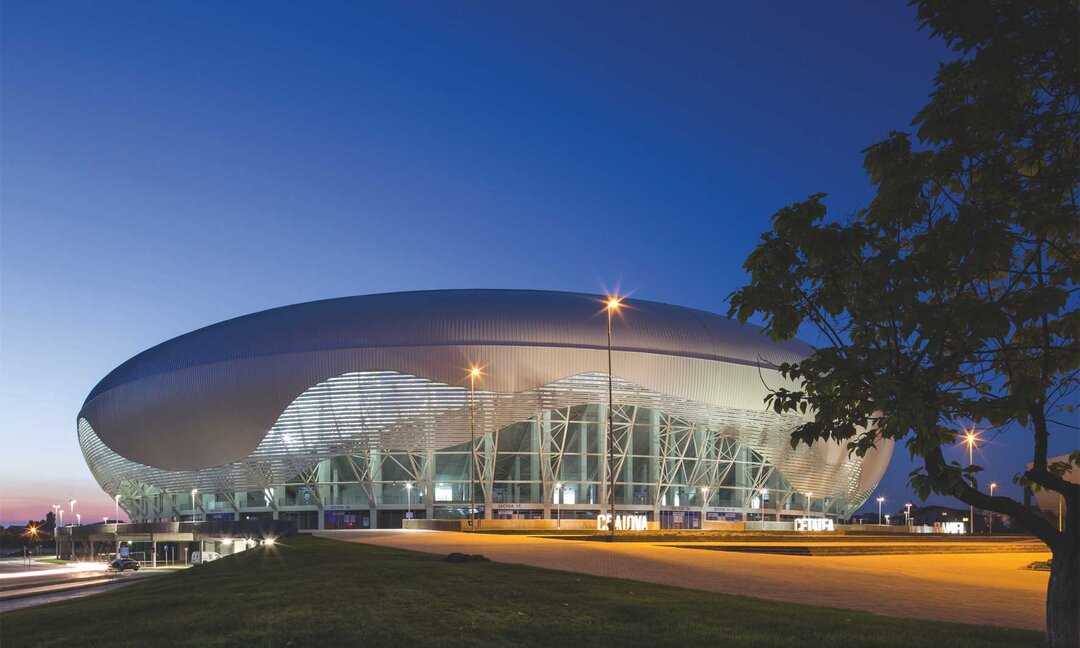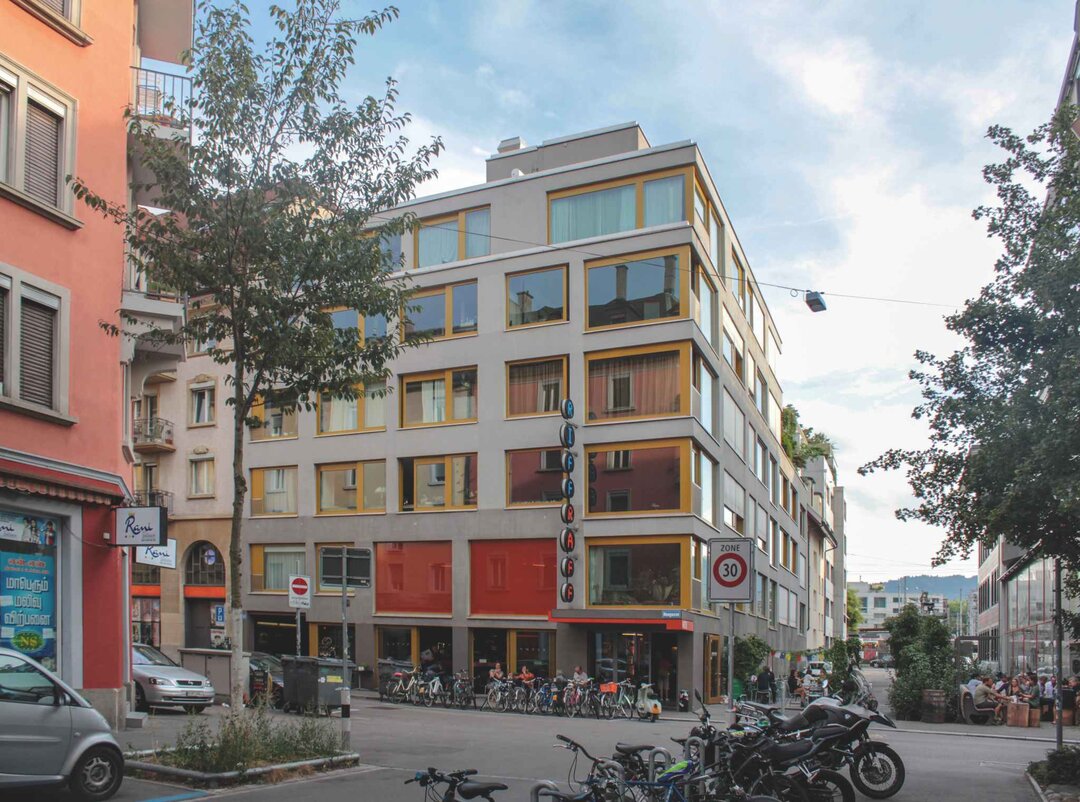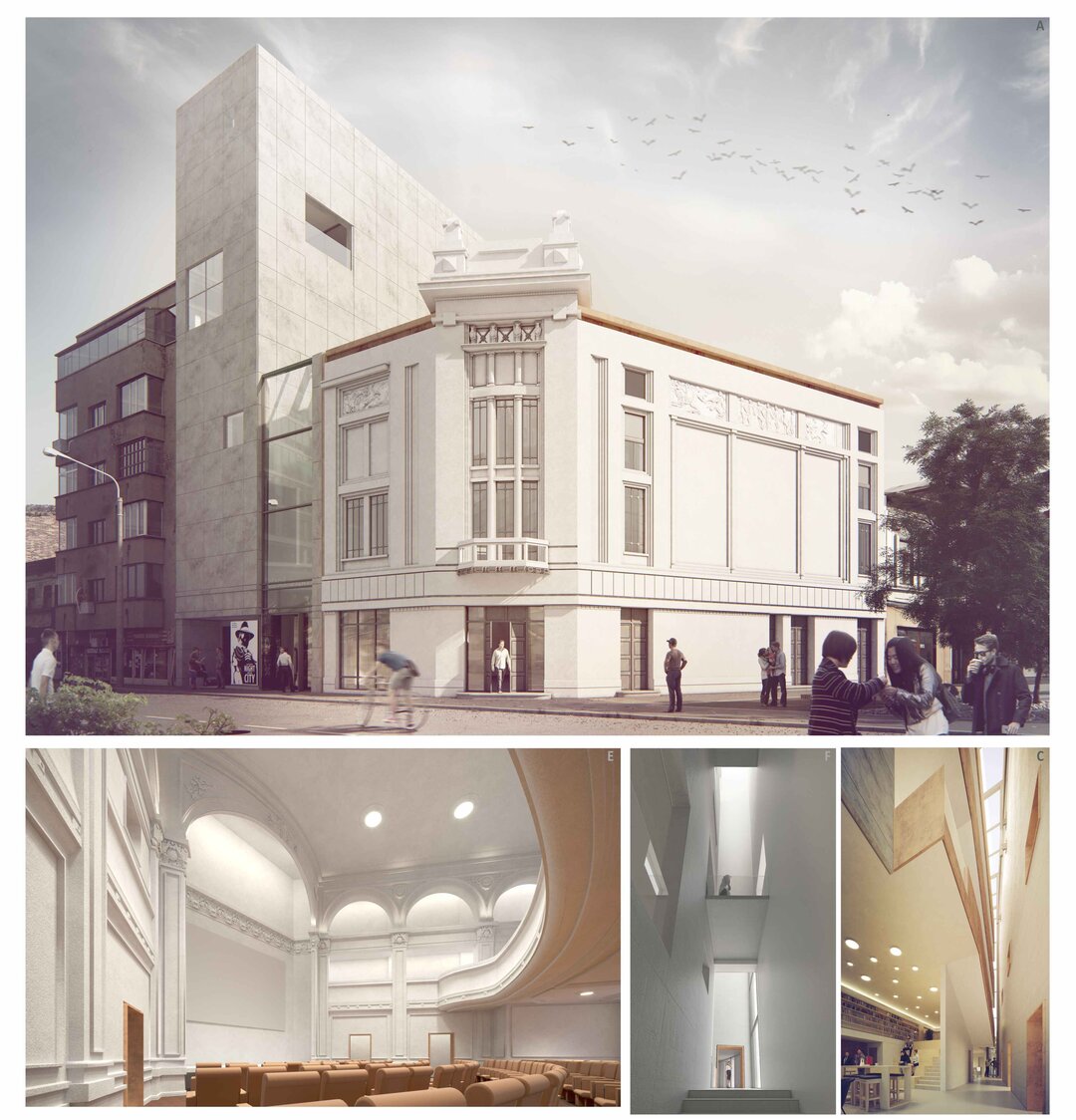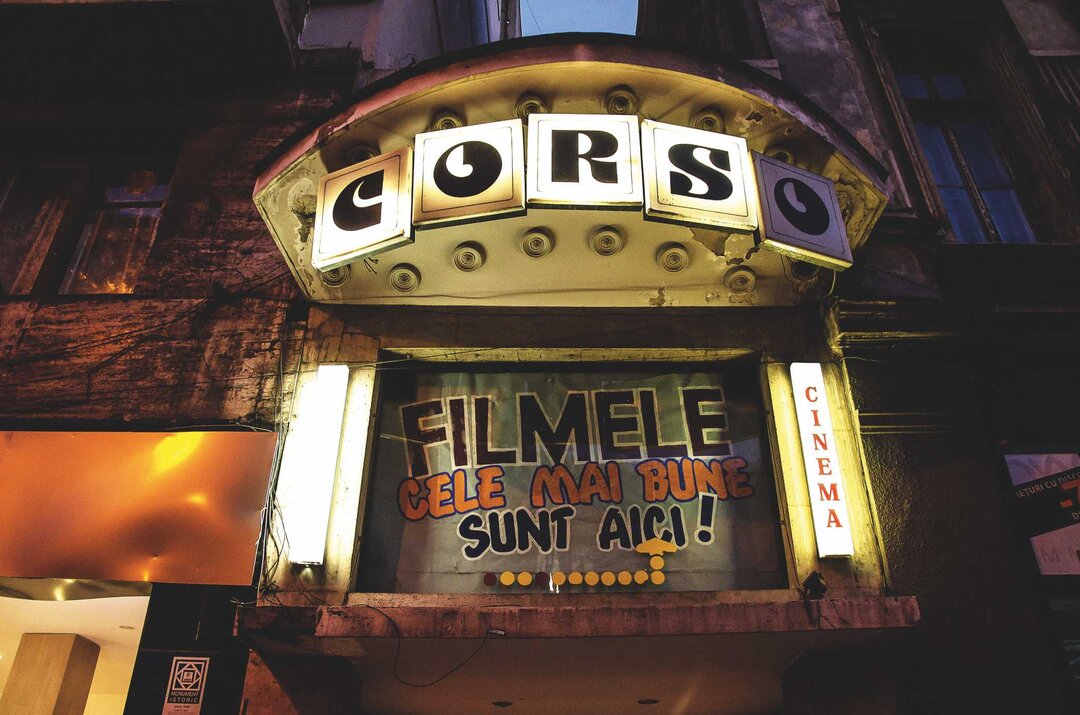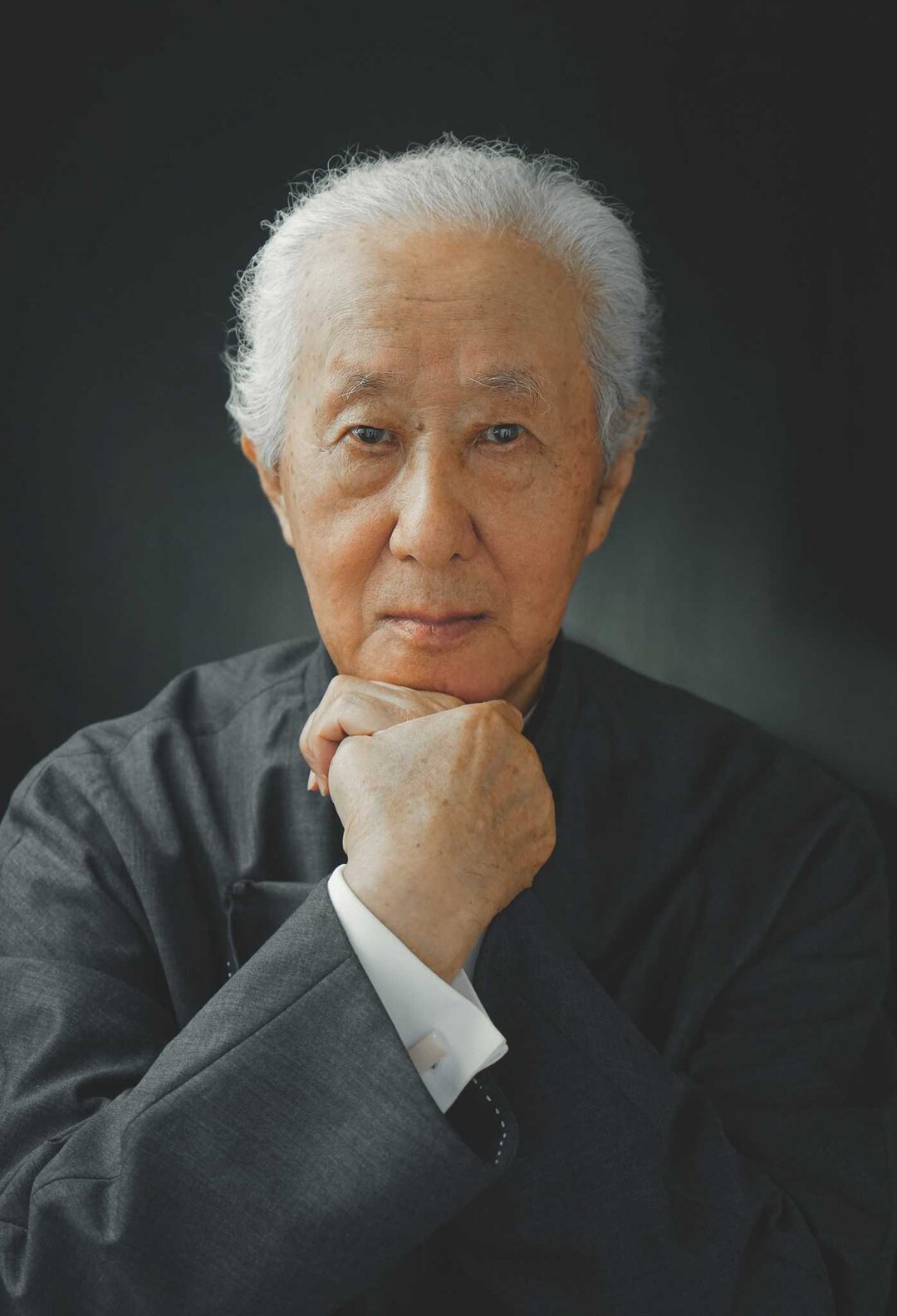
Cantacuzino Floresti domain, about past, present and future

Ex libris
CANTACUZINO FLOREȘTI ESTATE.About past, present and future
Authors: Alexandru Mexi, Delia Bălăican, Carmen Tănăsoiu, Mihaela Criticos, Matei Bogoescu
Simetria Publishing House, 2018
Text: Alexandru PANAITESCU
At a time when the debates on the care for national heritage, especially architectural heritage, have rightly reached an acute phase, which not infrequently also reaches heights of great concern, caused by the negligence and irresponsible indifference with which this essential part of a culture is generally treated, the publication of a volume on the Cantacuzino Estate and the Little Trianon Palace in Florești, Prahova is a welcome and necessary initiative.
The centuries-old settlement of Florești, Prahova, has been in the possession of the Cantacuzino family since the first decades of the 17th century, shortly after its settlement in Wallachia, when the postulant Constantin, by marriage, received the estate here. The first buildings in Floresti, which are better known and still preserved, are the Church of the Holy Trinity and the Church of the Nativity of the Virgin Mary, as well as the pavilions of the former manor house, which now houses a sanatorium.
The climax of the development of Florești was reached by the works initiated by Gheorghe Gr. Cantacuzino, when in 1910 he ordered the erection of the palace known as the Little Trianon, appreciated as the masterpiece of architect Ion D. Berindei. About a decade earlier, he had also built the princely residence on Calea Victoriei in Bucharest for the Nab Nab Nab Nabul of Floresști. Also with an eclectic French eclectic architecture, but with a more unitary stylistic expression, materialized externally by facades clad entirely in stone, the Palace of Florești was to surpass the one previously built in Bucharest, through an impressive execution. Still unfinished in 1913 when Gheorghe Grigore Cantacuzino died, the palace would very quickly fall into gradual ruin, starting during the First World War, with the Communist period ultimately catastrophic for its ruinous state. Today, it is practically a shell that miraculously survives, still impressing onlookers with the splendor of its masterfully carved stone facades.
This complicated story, with many sad moments, of the exceptional edifice of Florești, as well as of the huge surrounding estate, today in a serious state of decay (except for the church), are the subject of a collective study entitled Domeniul Cantacuzino Florești: about the past, present and future, published in 2018 by Simetria Publishing House and owed to a team composed of Alexandru Mexi, Delia Bălăican, Carmen Tănăsoiu, Mihaela Criticos and Matei Bogoescu.
Even if through a succinct treatment, the work aims to bring to public attention, first of all, the situation in which a monument of first rank is located, approached against the background of its historical development, with emphasis on the presentation of its current state, without neglecting the aspects related to the hope of revitalizing the whole ensemble through an interesting series of ideas on its development, primarily as a tourist and leisure reference.
The book is structured somewhat sequentially, with different authors writing separate thematic chapters, each of which could be the starting point for an independent work. I refer in particular to the parts concerning the built heritage, the description of the park or the details of the proposed master plan for the revitalization of the estate.
In the preface signed by Mrs. Irina Bossy-Ghica, great-great-granddaughter of Gheorghe Grigore Cantacuzino and current owner of the estate, the future intentions for the rehabilitation of the entire ensemble are set out, designed in full accordance with the vision of the founder, who wished to emphasize, first and foremost, through the "Little Trianon of Floresti", that Romania "...could stand alongside France in the concert of European nations, through its wealth, its artists, and the values it shared with the other countries of the West".
After a general introduction, the first chapter, by Delia Bălăican, contains a biographical medallion dedicated to Gheorghe Grigore Cantacuzino (1837-1913), perhaps too short and schematic for the importance of the personage. It would certainly be more than desirable to compile a monograph on Gheorghe Grigore Cantacuzino, the important politician of the last decades of the 19th and early 20th centuries, but this is the objective of another field of research.

The second chapter, written by Carmen Tănăsoiu, is dedicated to the Church of the Holy Trinity and the Nativity of the Virgin Mary, a Cantacuzinian foundation on the eastern side of the estate, a family chapel, also used by the local inhabitants. The description of the church, including the mural painting signed by Gheorghe Tattarescu and dating from 1888, also provides a welcome (brief) incursion into the history of the family, but especially of the estate of Floresști.
In the chapter dedicated to the architectural heritage of the estate, Mihaela Criticos gives an overview of the main buildings on the estate, accompanied by historical sketches of the buildings. Particular attention is given to the description of the group of residential and service pavilions built by Gheorghe Grigore Cantacuzino after 1889, some with the assistance of the French architect Paul Gottereau. Naturally, the focus is on the description of the unfinished Little Trianon palace begun in 1911. In order to understand the architecture of the Florești edifice and the sources of inspiration of the architect Ion D. Berindei, medallions are inserted to present the palaces of Versailles, the Grand Trianon, the Little Trianon and the park belonging to the latter. The recent photographs illustrating this chapter in particular, and Appendix 1 of the book, as indeed much of the volume, are eloquent of the state of ruin of the palace. Of course, the presentation of the palace would have benefited greatly if its description had been supported by a few reproductions after the construction relief, documentation which exists, having been included in the 2014 historical study, part of the theme of the competition for the restoration of the monument of Floresti.
In the fourth chapter, Alexandru Mexi gives an extensive and competent historical and morphological description of the Florești park from a landscape point of view, with a focus on the "preumblare" park and the gardens "à la française", with period and current illustrations. At the end of the chapter, it is stated that "... the Cantacuzino estate, which has suffered numerous periods of neglect and destruction, has slowly but surely begun to attract the attention of specialists and the general public alike, and has become part of tourist circuits and cultural programs and projects designed to promote Romania's built and landscape heritage".
The last chapter, signed by Matei Bogoescu, has, above all, the merit of instilling in us the hope of reviving the splendor of the Floresști Estate, provided that a master plan is materialized, which he proposes with convincing arguments. In concluding his presentation, the author says: "... the approach strategy that I propose while waiting for the necessary resources for more ambitious ideas [...] is that of minimal intervention to discreetly strengthen the facades and preserve the central void. The complex history of this building is masterfully illustrated by its character as an "open work" - unfinished and deconstructed - which gives it a poetic and symbolic dimension, facilitating its interpretation in various keys of reading".
The last two texts of the volume, appreciated as "appendices", present two interesting experiences concerning the restoration and research of the monuments of Floresti. In the first, Pierre Bortnowski recounts an attempt in 2012-2014 by a French craftsman to restore the palace's stonework on a one-off basis, which yielded interesting lessons. Equally attractive is the description of another experience in 2014 (Ioana Tudora, Oana Pîrvu and Mariana Nițu) of a "landscape archaeology" research carried out in Floresști by some landscape students from Agronomy, in an attempt to decipher in the field the stages of the park's 19th century landscaping, a useful stage of study for a desired and necessary restoration of the garden.
The interest in the Florești monument and its history was also demonstrated by the great public success of the book launch. Significantly, it took place at the Cantacuzino Palace - George Enescu Museum on Calea Victoriei, on February 7, in the presence of Mrs. Irina Bossy-Ghica, and the large hall here proved to be overcrowded for the many participants.
